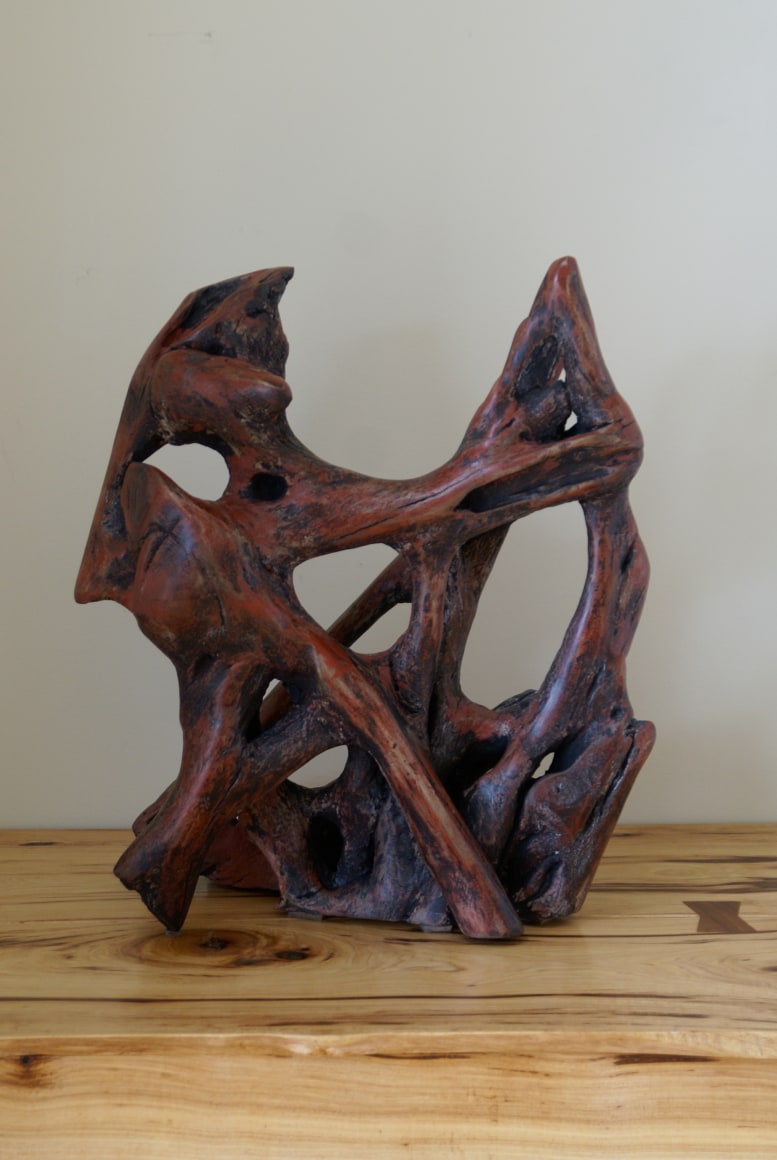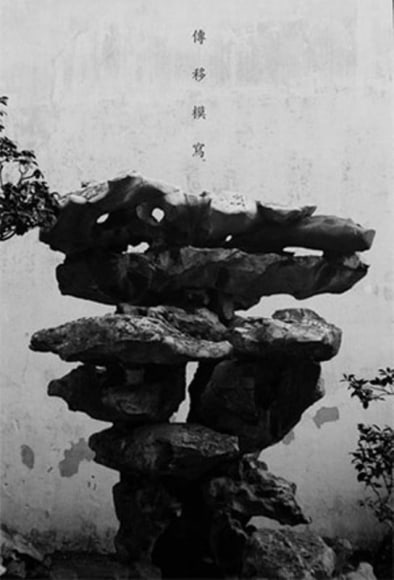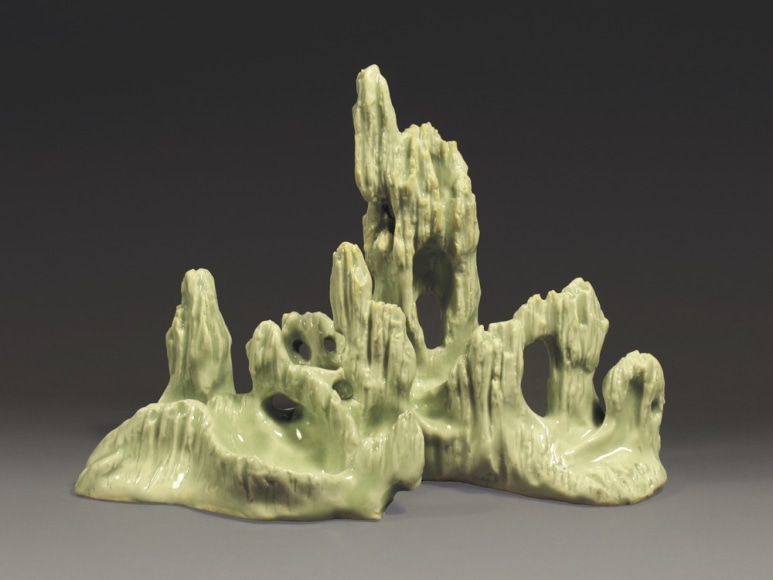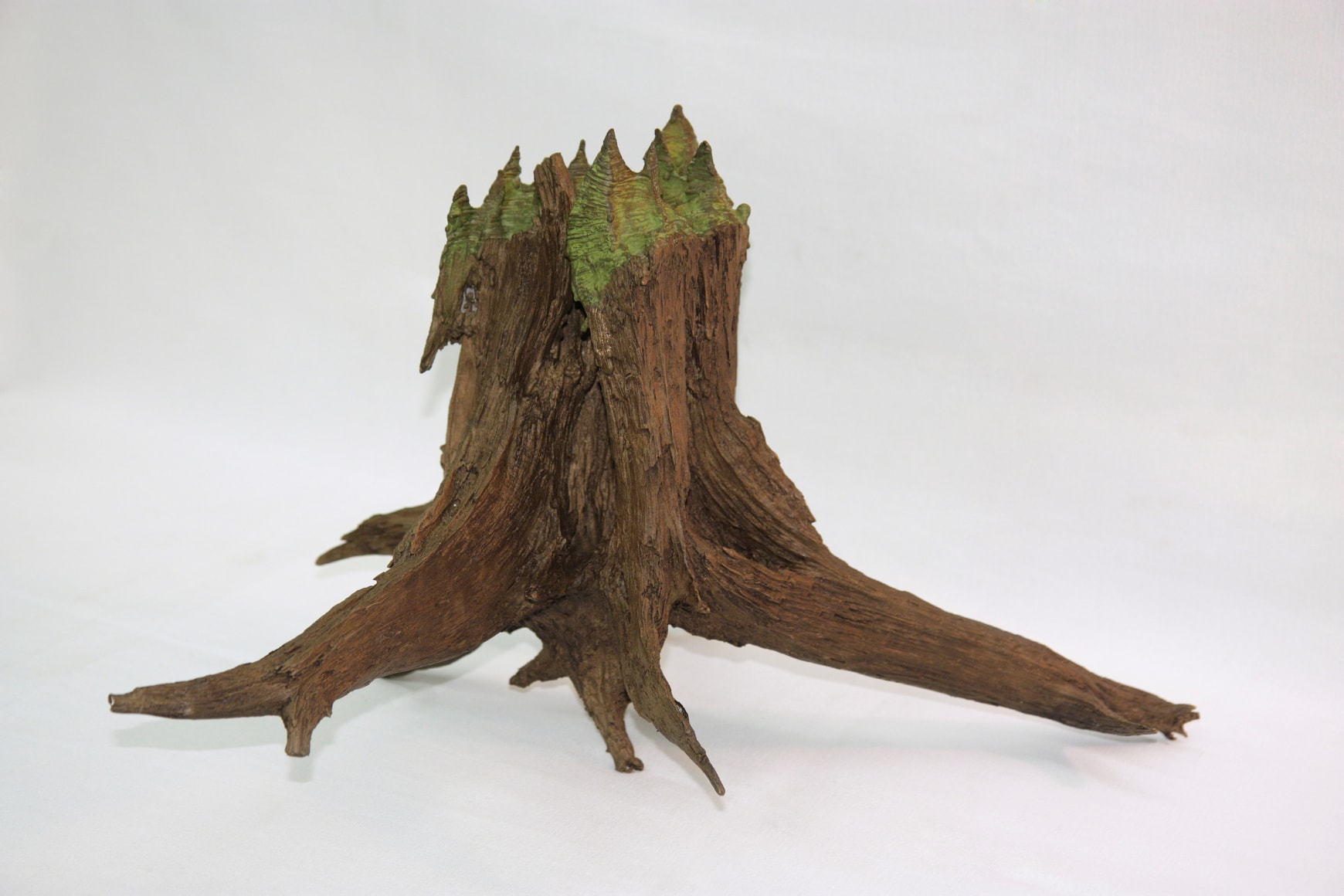Chambers Fine Art is pleased to announce the opening on July 25, 2009 of Art and Rocks: Nature Found and Made at the ArtFarm located in Salt Point, New York. Art and Rocks is a sequel to Rocks and Art: Nature Found and Made, 2002 in which a selection of works by artists including Roy Lichtenstein, Brice Marden and Zhan Wang showed the extent to which contemporary artists are fascinated by Chinese scholars rocks. For well over a thousand years certain kinds of rocks have been avidly collected in China. In the words of Hugh T. Scogin, Jr., “As an object of meditation, the collected rock incarnated the inspirational energy of nature in the man-made environment of a room.”
Although none of the artists in the present exhibition work in stone, they are all inspired by this venerable Chinese tradition. As a distinguished China specialist, Robert B. Oxnam had long been familiar with the deep significance of these rocks to Chinese literati but it is only in the last two years that he has begun to work in the same tradition, using driftwood that he finds on the North Fork of Long Island. Exhibited for the first time, his wooden sculptures vary greatly in character and are striking evidence of Oxnam’s ability to be what he terms “scholar, artist, and artisan, all at the same time.”
In complete contrast are the bronze sculptures of Martin Kline and the stainless steel Artificial Rock of Zhan Wang. Kline transforms found pieces of wood into mysterious objects through the addition of wax elements which he then casts in bronze. His exotic bronze scepters and maces are strangely reminiscent of Chinese ruyi (auspicious symbols) while a new series of oilstick drawings introduces an element of humor into the domain of scholars rocks. If Kline penetrates beyond the surface of his found objects, Zhan Wang chooses not to go beyond it as he replicates precisely the form of actual rocks in highly polished stainless steel. Reflecting the environment in which they are placed, Zhan Wang’s rocks have lost the mysterious aura they used to have.
For the ceramic artist Meng Zhao, on the other hand, the mystery of stone is still supremely important. While modeling in clay, he says that “I put myself in the position of water eating away the stone.” Until now his porcelain and stoneware rocks are the result of an intuitive understanding of the way in which actual rocks are shaped. In one new work, however, the Xianglongshi, he has reconstructed a famous rock known only from a Song Dynasty painting. Only the painter Hong Lei believes that this Chinese passion for stones might have been associated with considerations of human mortality, a theme markedly absent in traditional Chinese art.
This visual dialog between two-dimensional works and sculptures in wood, bronze and steel will be displayed in ArtFarm, the upstate facility of Chambers Fine Art, designed by Ai Weiwei and HHF Architects Basel.




